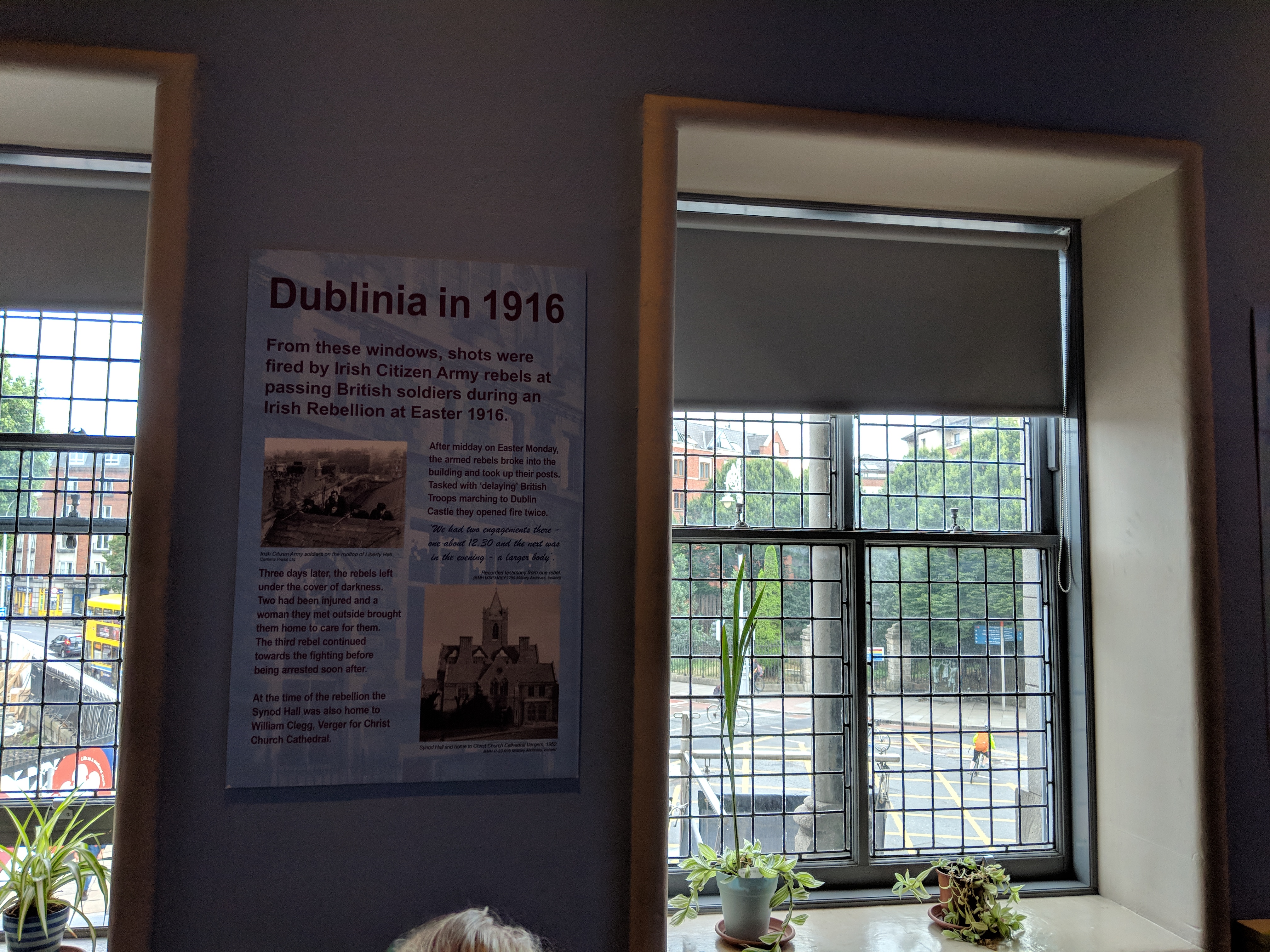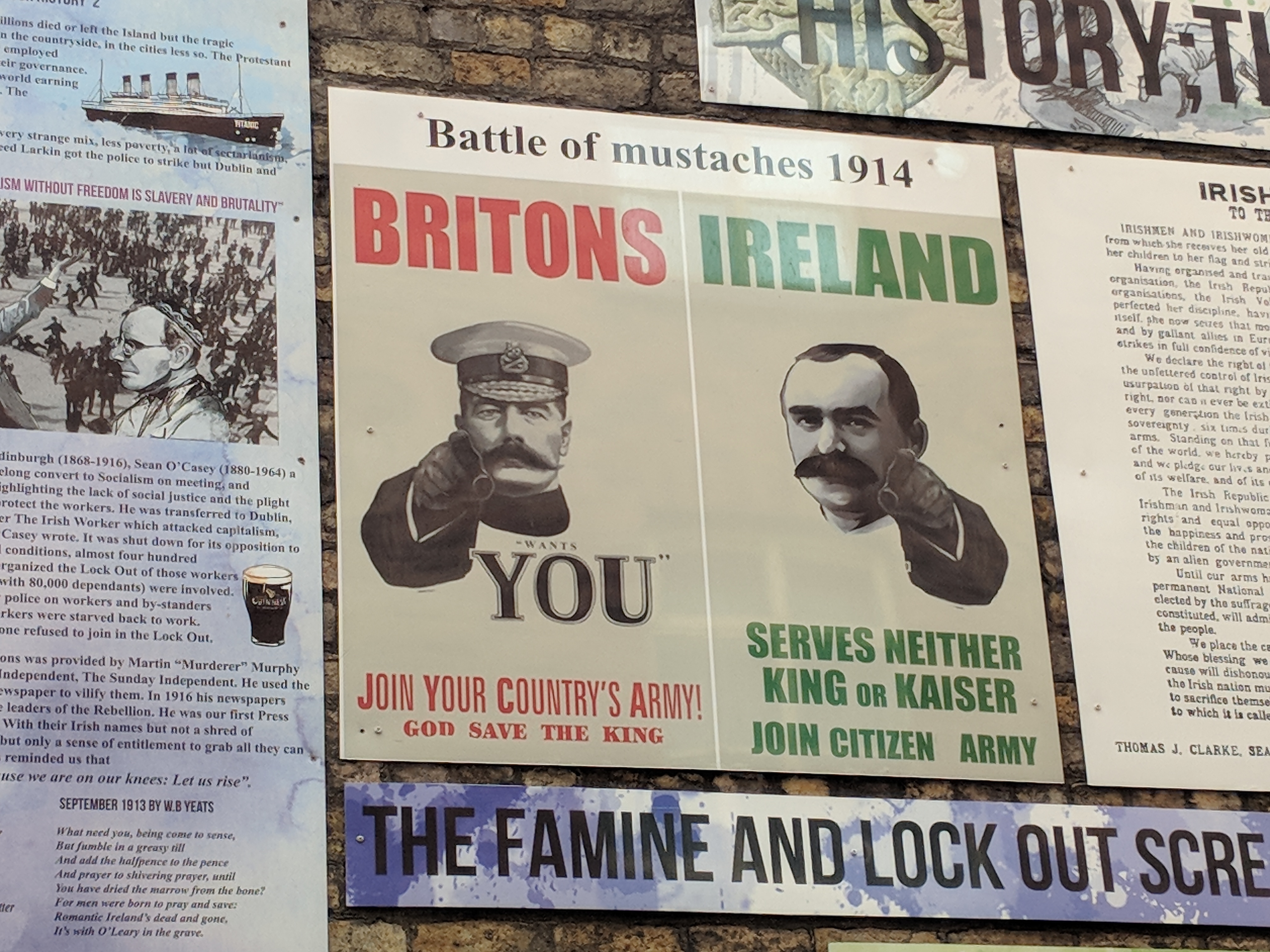Parenting is complex in this country. It should not be that compilated, unless you are raising teenagers. When kids reach that age, it takes special communication skills and coaching.
I think the best movie about the issues parents face is the 1989 movie “Parenthood” staring Steve Martin. It covered everything from a divorcee ( Dianne Wiest) trying to raise two teenagers, to a father (Steve Martin) who wants to have everything to be perfect, to a elderly father (Jason Robards) trying to get his adult son (Tom Holce) on the right path.
The movie touched on one issue of a single mother trying to raise a young teenager and is not connecting. When Tod (Keanu Reeves character) comes into talk with his girlfriend’s mother after having a man-to-man talk with her son. Helen, the mother and him have a conversation.
Helen: It sounds like a boy Garry’s age needs a man around the house.
Tod: Well, it depends on the man. I had a man around. He used to wake me up every morning by flicking lit cigarettes at my head. He’d say, “Hey, asshole, get up and make me breakfast.” You know, Mrs. Buckman, you need a license to buy a dog, or drive a car. Hell, you need a license to catch a fish! But they’ll let any butt-reaming asshole be a father.
Tod came from a abusive home life and ended up living with his 16 year old girlfriend and her mother and brother. While it is not the idea situation, Tod is there. How many children are abused or neglected to the point where removal from the parent is necessary? On any given day, there are nearly 438,000 children in foster care in the United States. In 2016, over 687,000 children spent time in U.S. foster care. On average, children remain in state care for nearly two years and six percent of children in foster care have languished there for five or more years.
According to the Adoption and Foster Care Analysis and Reporting System (AFCARS) FY 2016 data from the Administration for children and Families, part of the U.S. Department of Heath and Human Services. Drug Abuse of the Parent and Neglect are the two major circumstances that require a child to be removed from the house. 61% of children are removed from neglect and 34% are removed because of the drug abuse of the parent. Only 1% is due to the death of a parent which is a circumstance out of anyone’s control. 45% of removed children are in a Non-Relative Foster Family Home placement setting. The staggering statistic is that only 51% of children are reunify with their parents or principal caregivers. Only 23% are adopted and 7% are living with other relatives. The statistics may be higher due to family members taken care of children without the knowledge of the state child welfare agencies.
I read an article in by Shawne K. Wickham of the New Hampshire Sunday News titled “Beyond the Stigma: Opioid epidemic separating more children from their parents.” he stated that from 2013 to 2016, there was a 21 percent increase — from 9,248 to 11,197 — in the number of child abuse and neglect reports accepted for assessment by the state Division of Children, Youth and Families, the report found. And the percentage of assessments in which substance abuse was a risk factor rose from 41 to 51 percent. The opioid crisis has stretched the limits of available resources.
I hear many stories where a law enforcement officer responds to a drug overdose to find the house in filthy conditions and the children in the house are dirty and suffering from malnutrition. In some cases around the country officers are finding bodies of children due to abuse or neglect when they respond to a call of an overdose or domestic.
A growing number of grandparents, aunts, uncles, siblings and other extended family members and friends are “stepping forward to care for children when their parents cannot”. Toward the end of the movie Parenthood, the elderly father (Jason Robards) having to make a decision to put off retirement to pay off his son’s debts and care for his grandson. It seems like the fantasy of being empty-nesters and growing old together has gone out the window. A growing number of Generation Xers (whose birth years ranging from the early-to-mid 1960s to the early 1980s) are now raising their grandchildren.
In the recent article ” The Age of Grandparents is made of many Tragedies” in the Atlantic by Robin Henig states that The proportion of children living in grand families has doubled in the U.S. since 1970 and has gone up 7 percent in the past five years alone–an increase many attribute to the opioid epidemic. According to the Centers for Disease Control some 2.6 million grandparents are raising their grandchildren, either because of a temporary change in circumstance for the parents, such as military deployment of joblessness, or something more terrible: mental illness, divorce, incarceration, death, or substance abuse. The grandparents struggle with their own child’s failures parent. which stirs up an unsettling mixture of disappointment, embarrassment, anger, and resentment.
I will be interested to know how other countries in Europe and Asia deal with this issue. Is there something that we can learn from them and implement it here to improve our system that is at the breaking point. How bad is the problem overseas? Is it as bad as it is in the United States? I read about the United Kingdom having the same issues. But how bad is it.
The movie Parenthood that touched on some of these issues came out 29 years ago. They were dealing with the same problems back then that we are facing now. It frustrates me to no end why us as a nation can not get our stuff together. While it is not the government’s responsibility to raise out children, our current approach to protecting children is not enough. State child protective services resources are stretched to the limit.
In the 2016 report from the Commission to Eliminate Child Abuse and Neglect Fatalities: Mike Carroll, Secretary, Florida Department of Children and Families, in testimony to the Commission stated
“Our work environment … was characterized by a high level of turnover, both on the protective services side and on the case management side. So we had lots of staff that were coming and going.… you had vacancies, you had higher caseloads, and you had a differential in experience … we had some very inexperienced, fresh out-of-training folks working with some very high-risk cases …”
It is a hard thankless job where some of the cases come from divorcing parents trying to report each other on false claims to get a leg up during the custody battle. It makes me angry that a child is being abused and neglected. I think it is wrong that older Americans that raised their kids and done their jobs are being forced to step up and raise their grand-kids too. There is a part of me that is thankful that some of these children can be placed with loving families that will care and raise the child as their own and give these children a fighting chance at life. You have to always make decisions in the best interest of the child. Most of all kids need a stable home life where they can learn and grow in a positive environment.
Come on America–we can do better. Get off the drugs and stop thinking of ourselves and take care of your responsibilities.





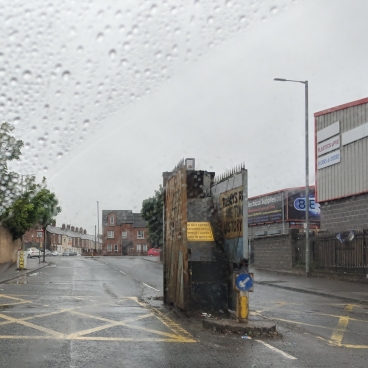
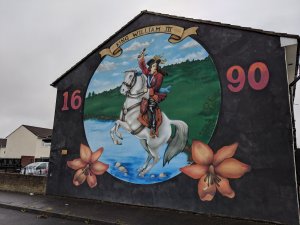 The Battle of the Boyne fought in 1690 remains a controversial topic today in Northern Ireland where some Protestants remember it as the great victory over Catholics that resulted in the sovereignty of Parlement and the Protestant monarchy. In recent decades, “The Twelfth” has often been marked by confrontations, as members of the Orange Order attempt to celebrate the date by marching past or through what they see as their traditional route. Some of these areas, however, now have a nationalist majority who object to marches passing through what they see as their areas. Each side thus dresses up the disputes in terms of the other’s alleged attempts to repress them; Nationalists still see Orange Order marches as provocative attempts to “show who is boss”, whilst Unionists insist that they have a right to “walk the Queen’s highway”. Since the start of The Troubles, the celebrations of the battle have been seen as playing a critical role in the awareness of those involved in the unionist/nationalist tensions in Northern Ireland.
The Battle of the Boyne fought in 1690 remains a controversial topic today in Northern Ireland where some Protestants remember it as the great victory over Catholics that resulted in the sovereignty of Parlement and the Protestant monarchy. In recent decades, “The Twelfth” has often been marked by confrontations, as members of the Orange Order attempt to celebrate the date by marching past or through what they see as their traditional route. Some of these areas, however, now have a nationalist majority who object to marches passing through what they see as their areas. Each side thus dresses up the disputes in terms of the other’s alleged attempts to repress them; Nationalists still see Orange Order marches as provocative attempts to “show who is boss”, whilst Unionists insist that they have a right to “walk the Queen’s highway”. Since the start of The Troubles, the celebrations of the battle have been seen as playing a critical role in the awareness of those involved in the unionist/nationalist tensions in Northern Ireland.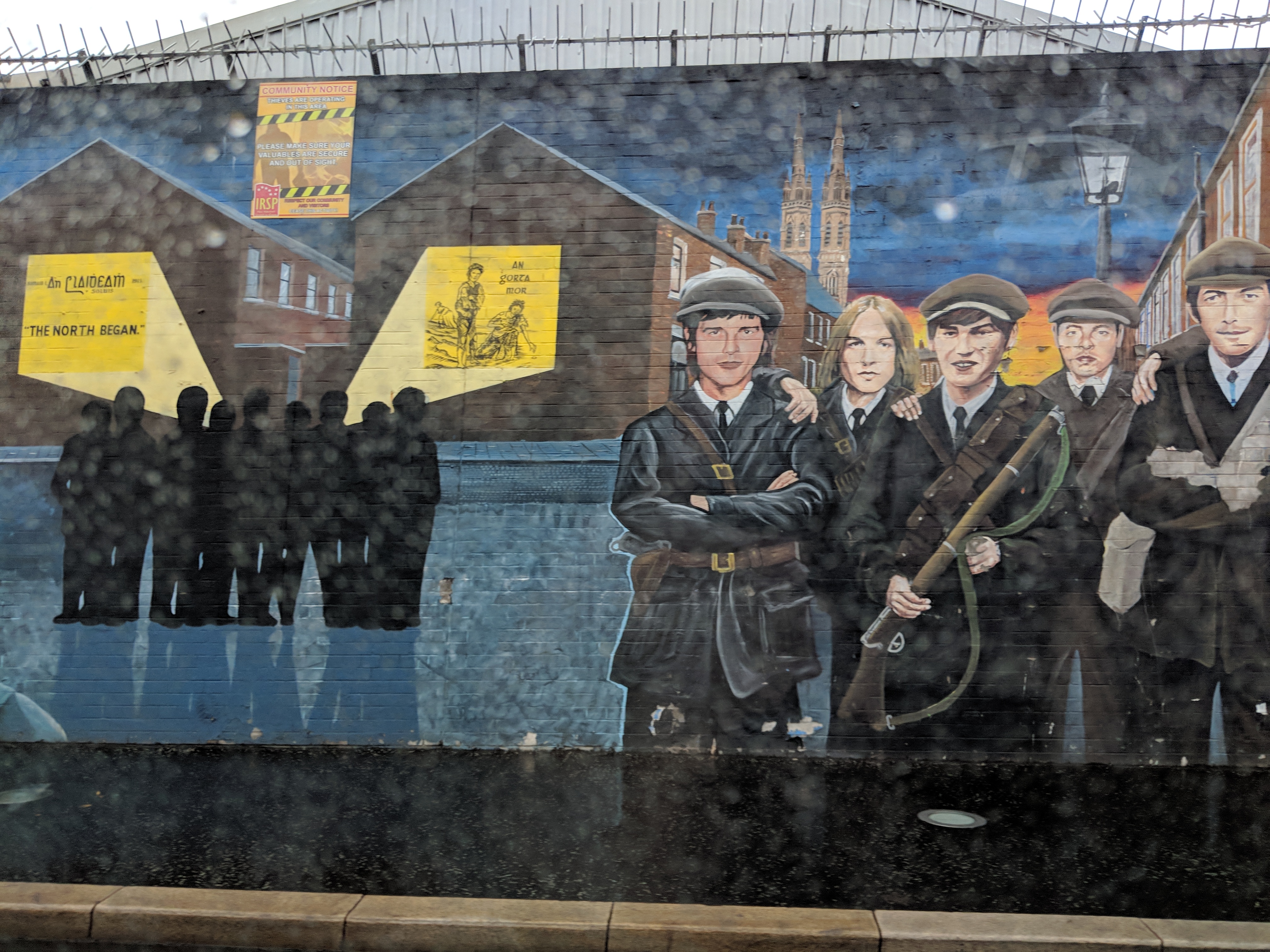
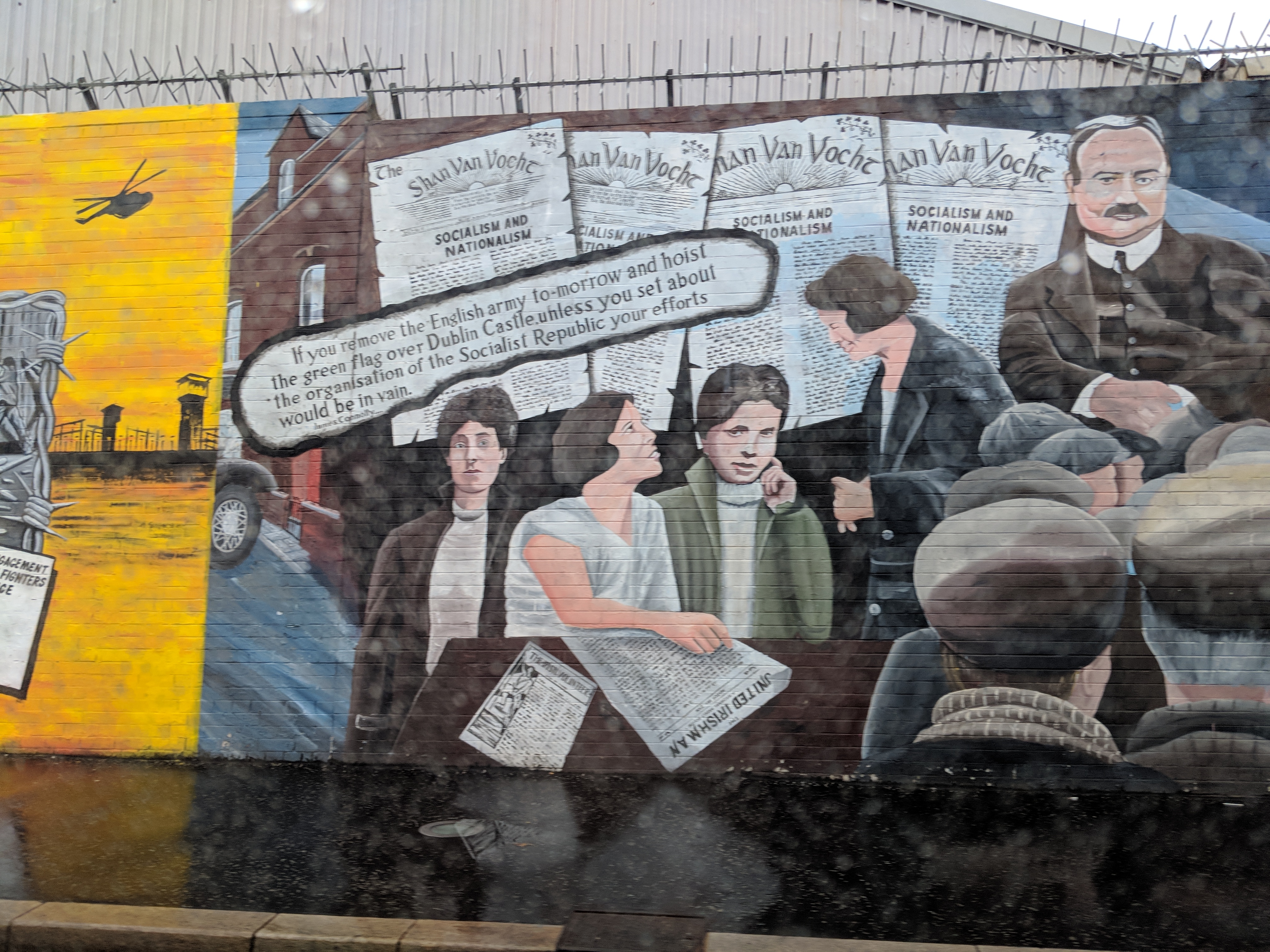

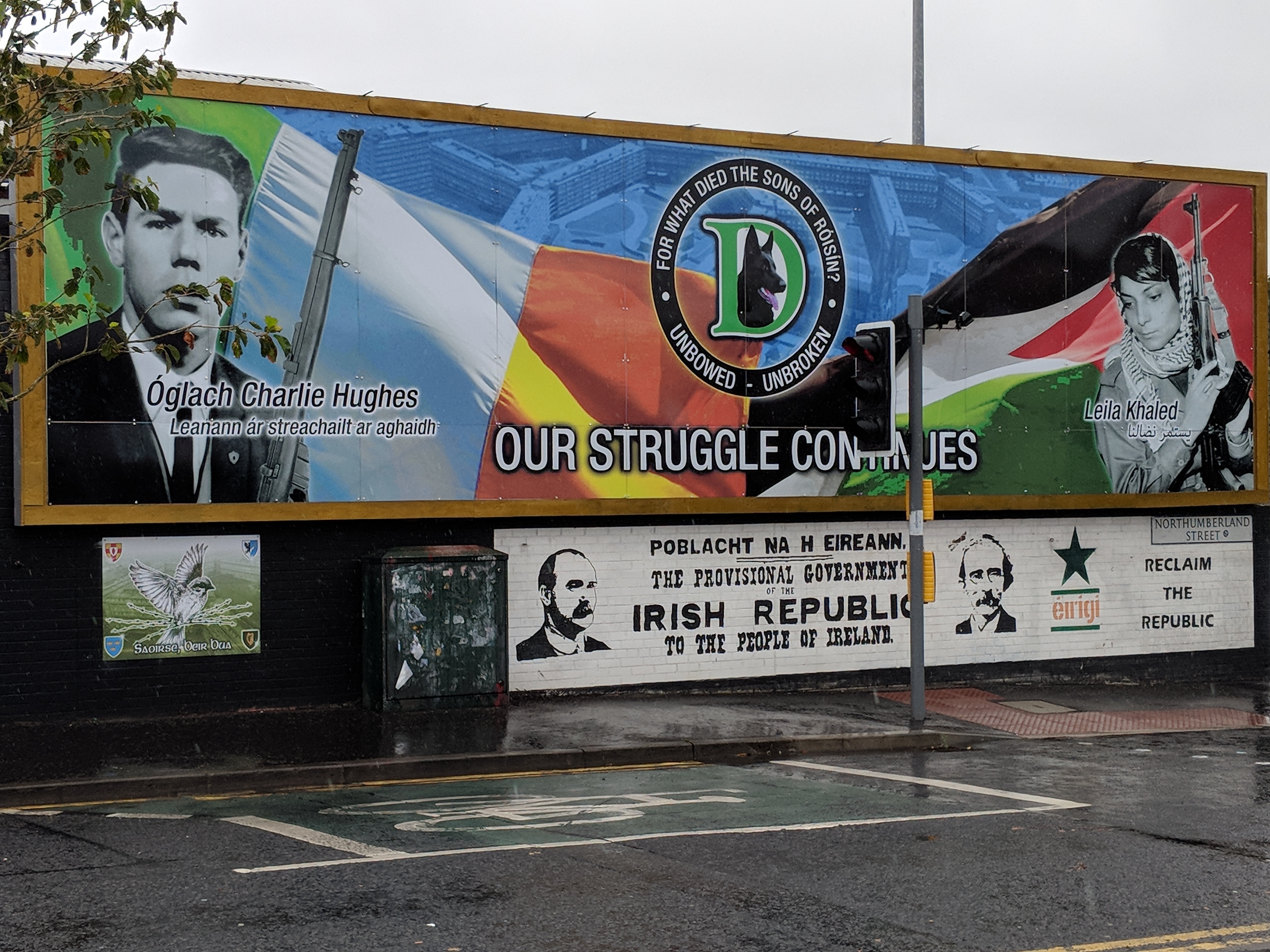
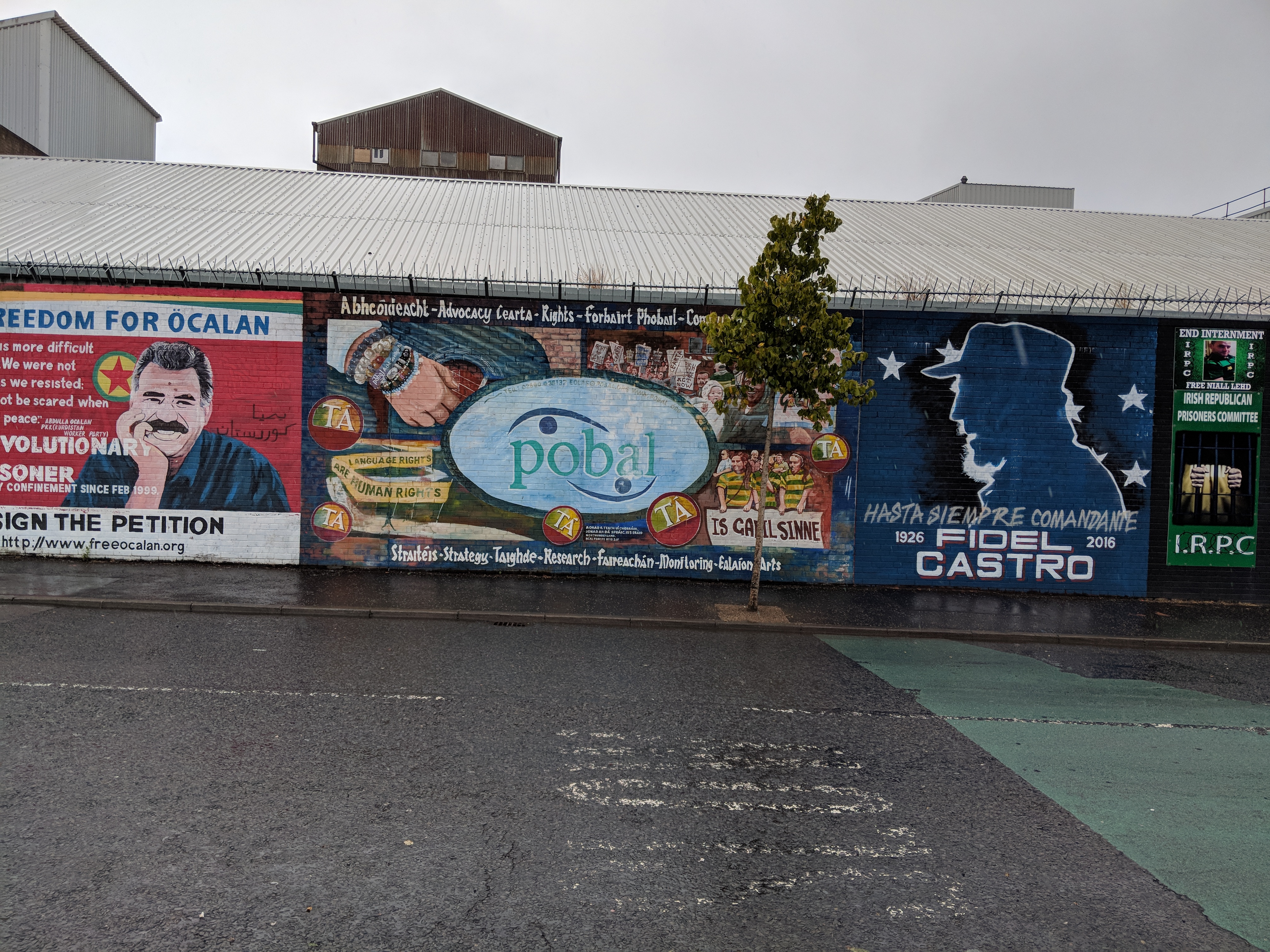

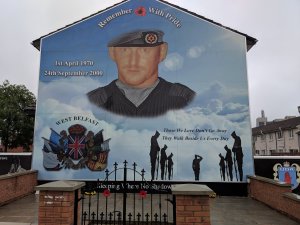











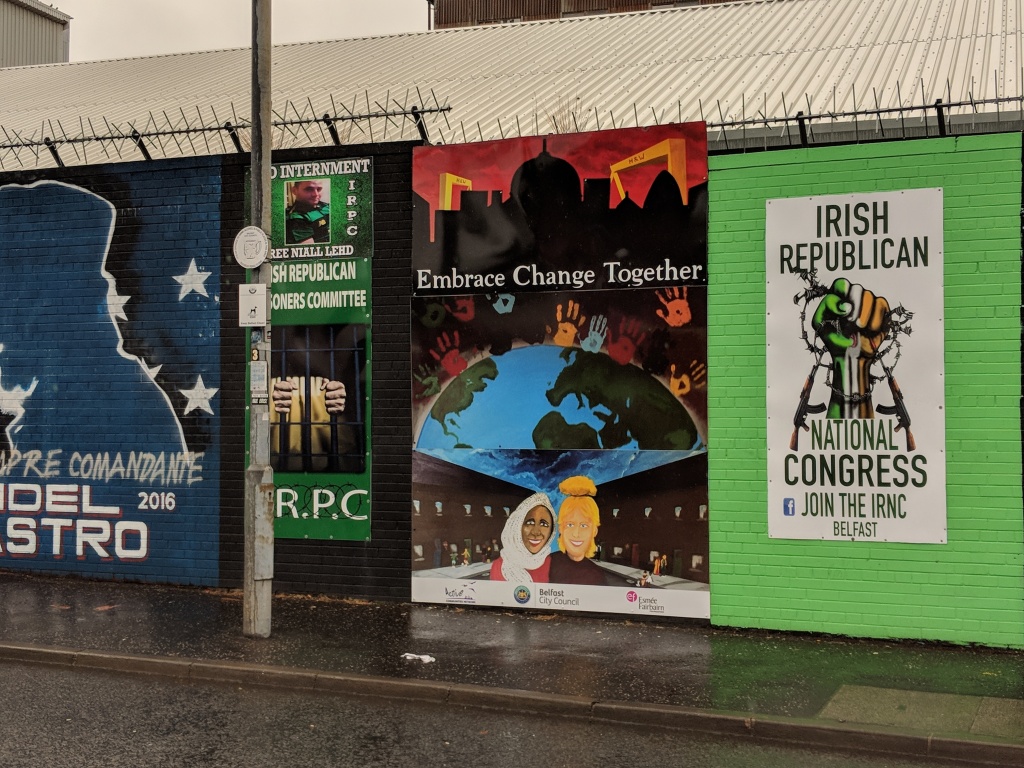
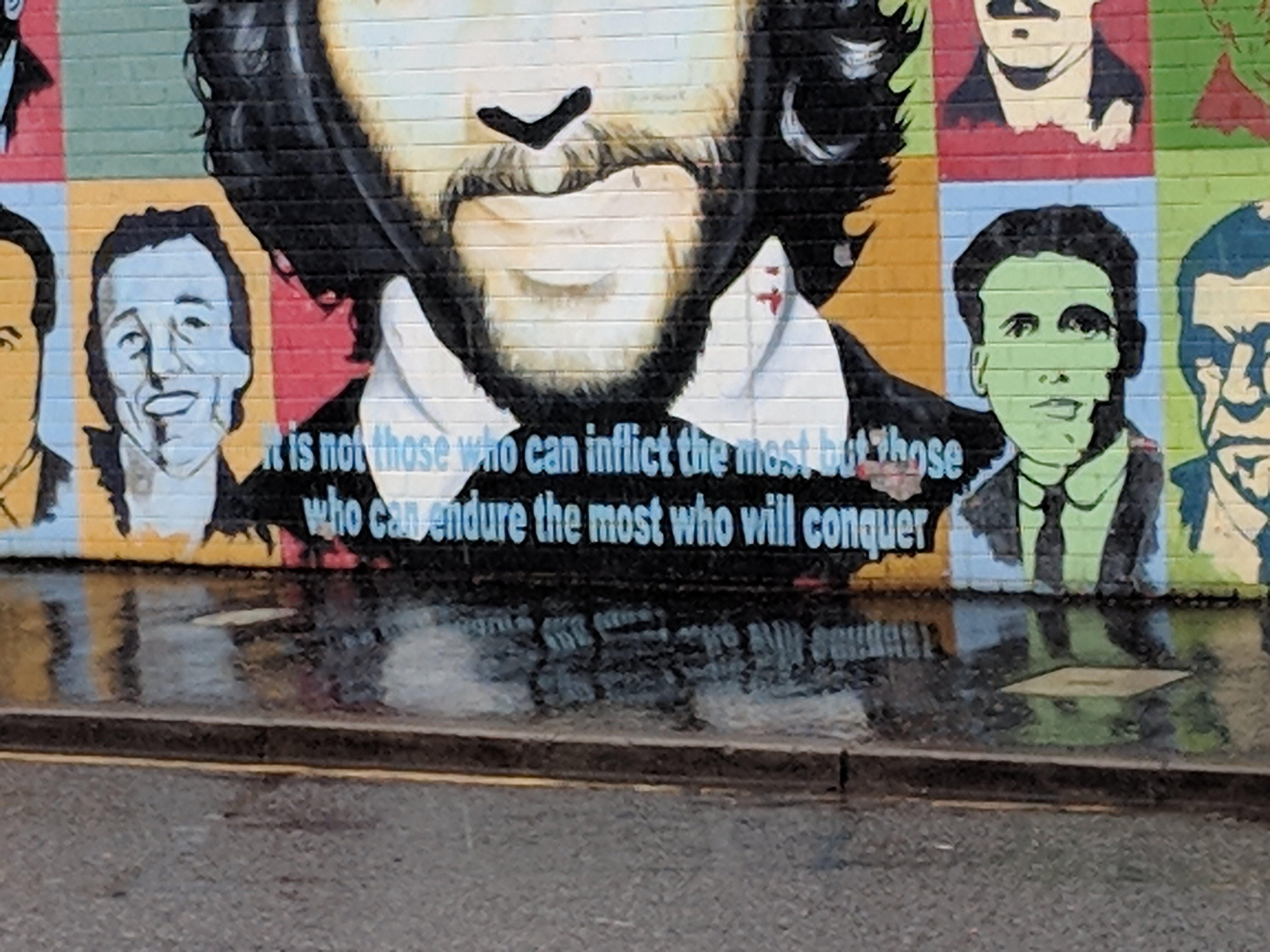








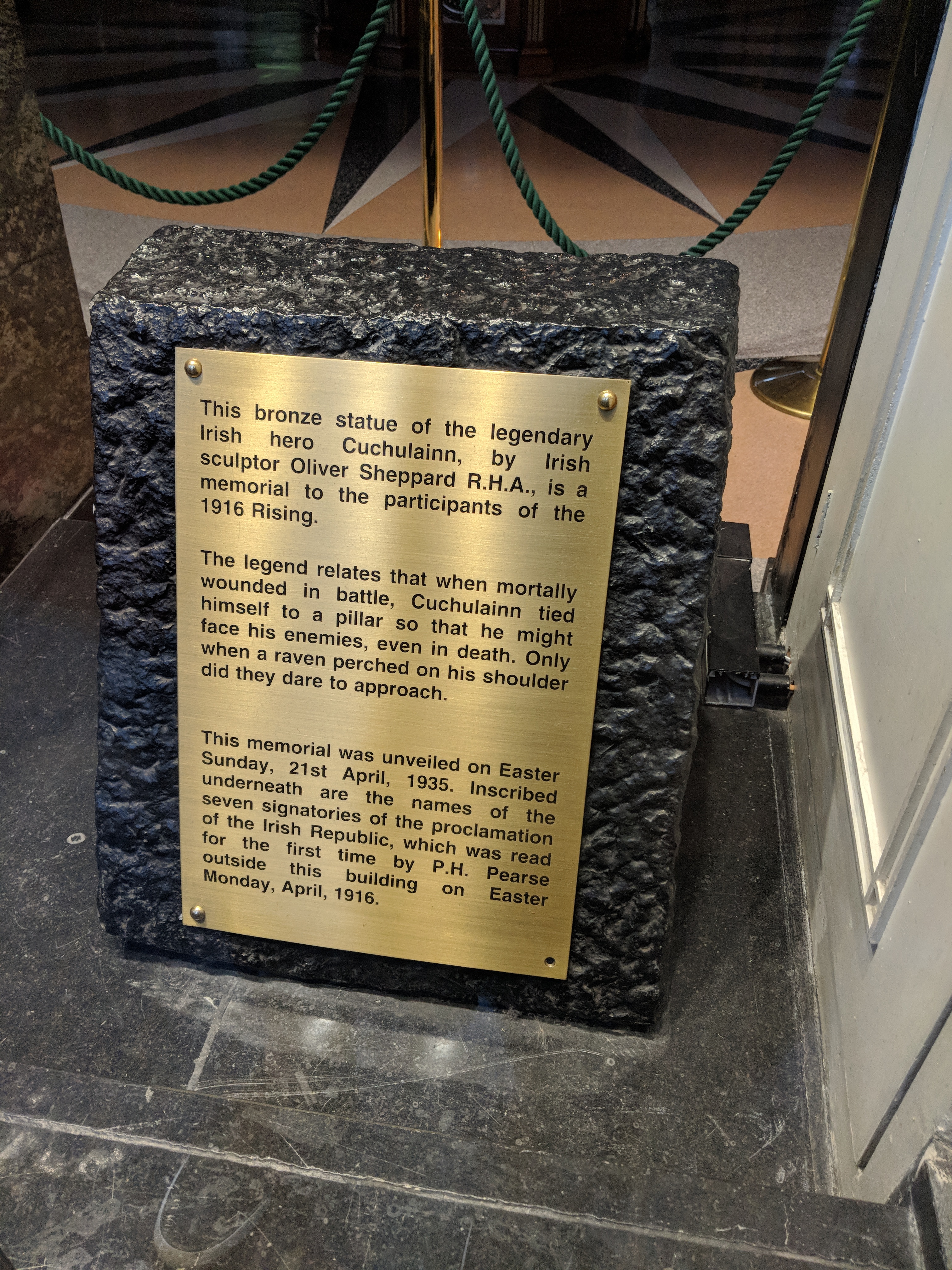 If you take the time to walk around Dublin you will see evidence of the hardship and sacrifice the Irish have endured achieving their independence. The Easter Rising was notable for its sniper duels. It was a way of picking off combatants who strayed into sight, although sometimes targets were picked indiscriminately. For the rebels, it was essential to their survival that enemy snipers and machine gun nests were disrupted and forced to move position.
If you take the time to walk around Dublin you will see evidence of the hardship and sacrifice the Irish have endured achieving their independence. The Easter Rising was notable for its sniper duels. It was a way of picking off combatants who strayed into sight, although sometimes targets were picked indiscriminately. For the rebels, it was essential to their survival that enemy snipers and machine gun nests were disrupted and forced to move position.